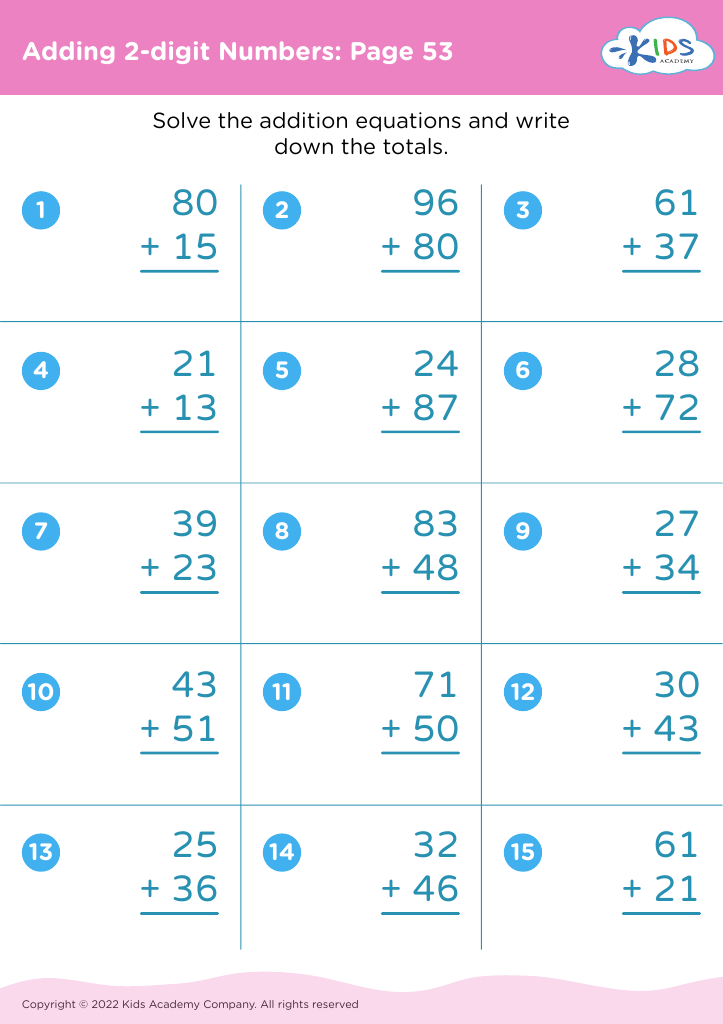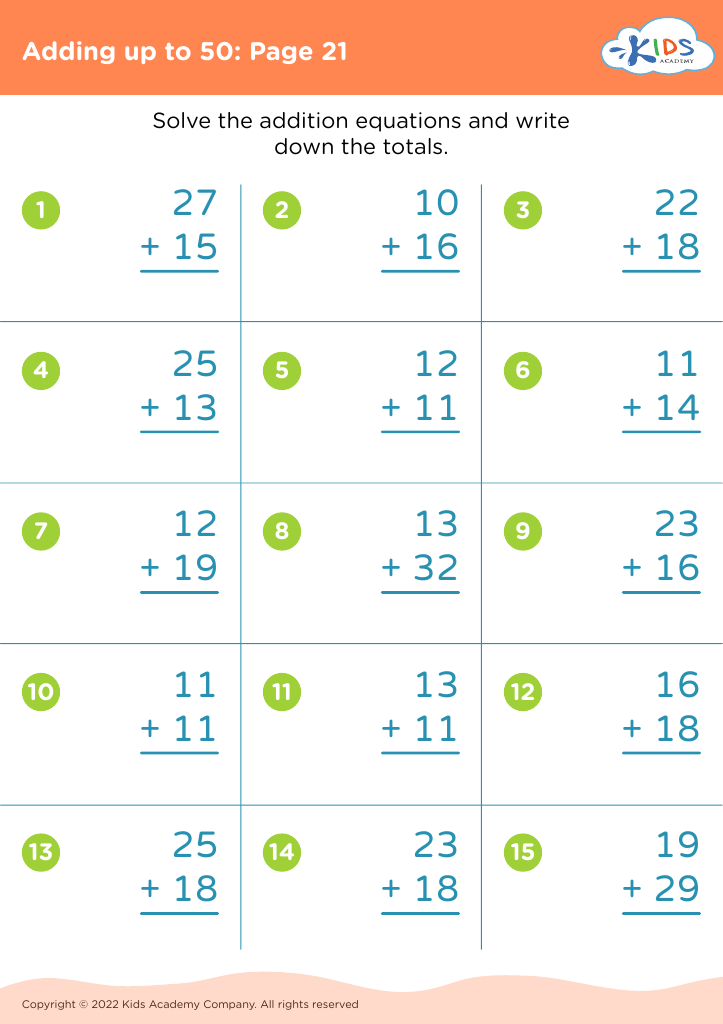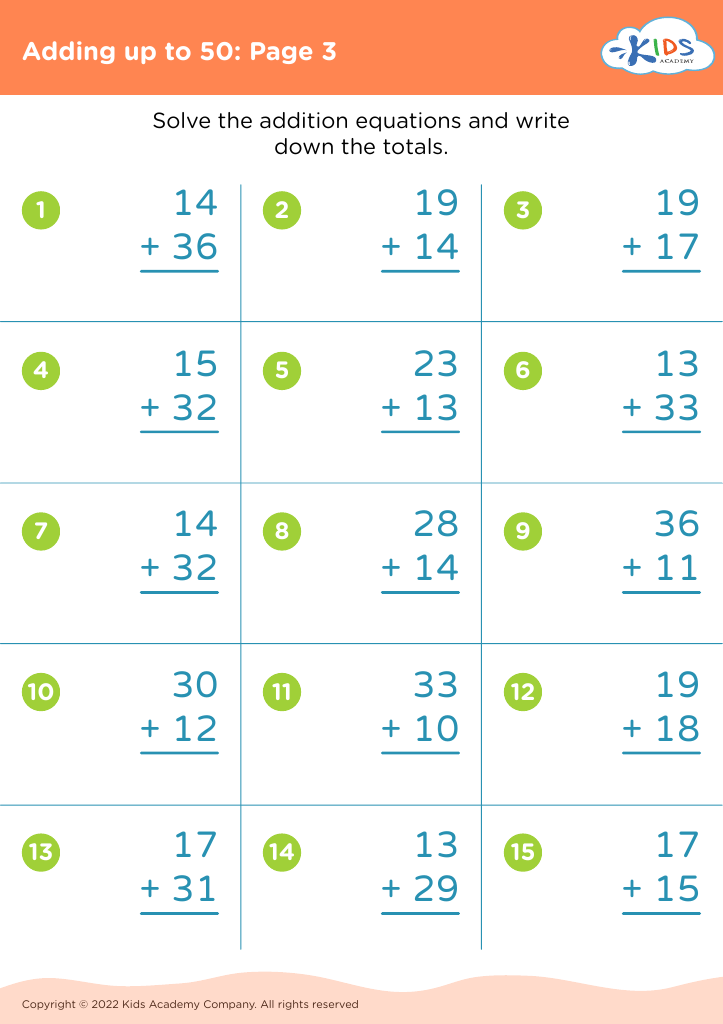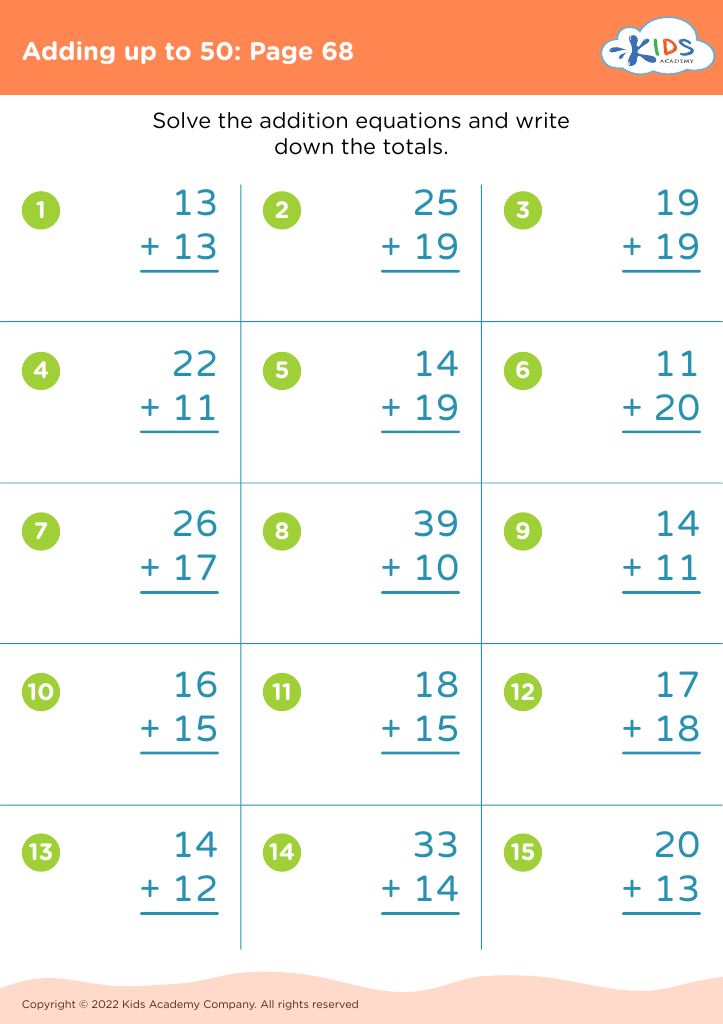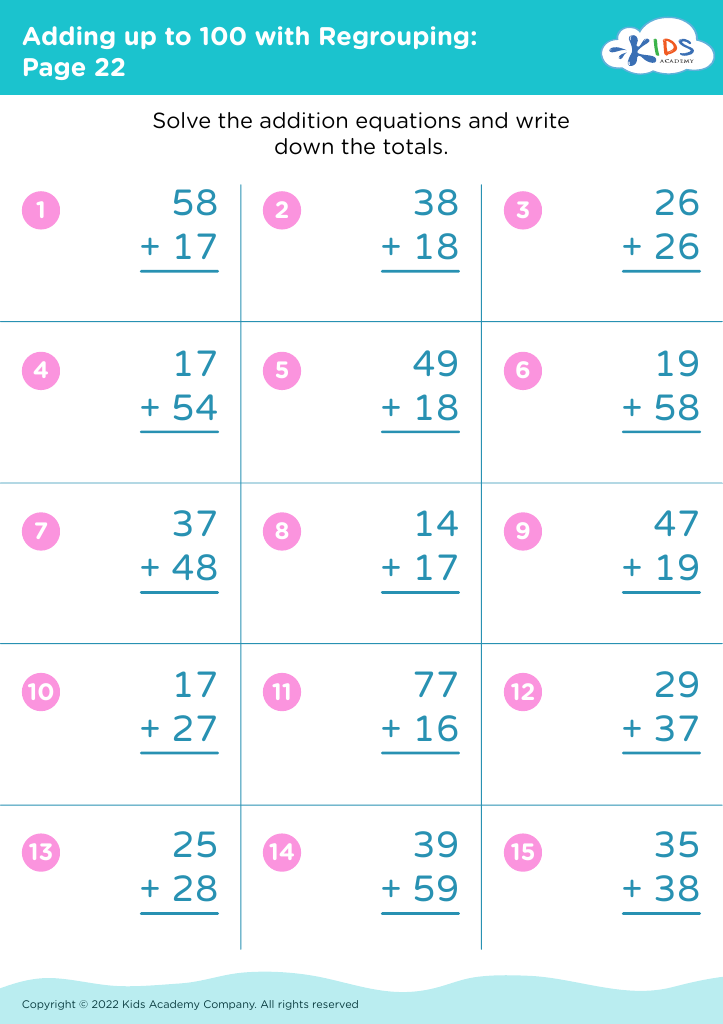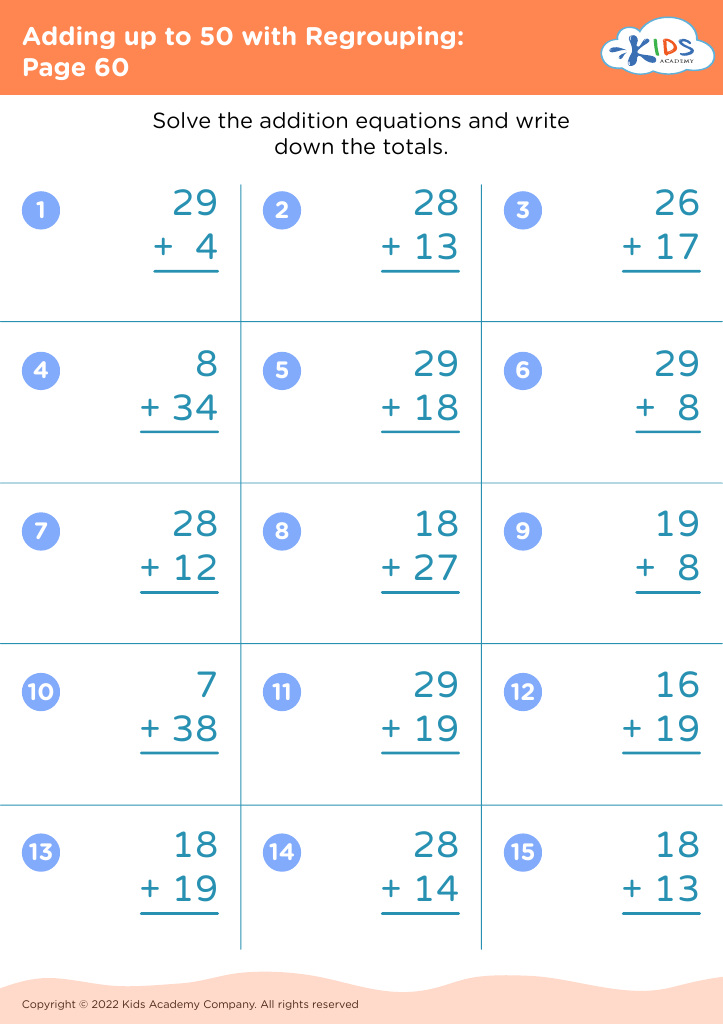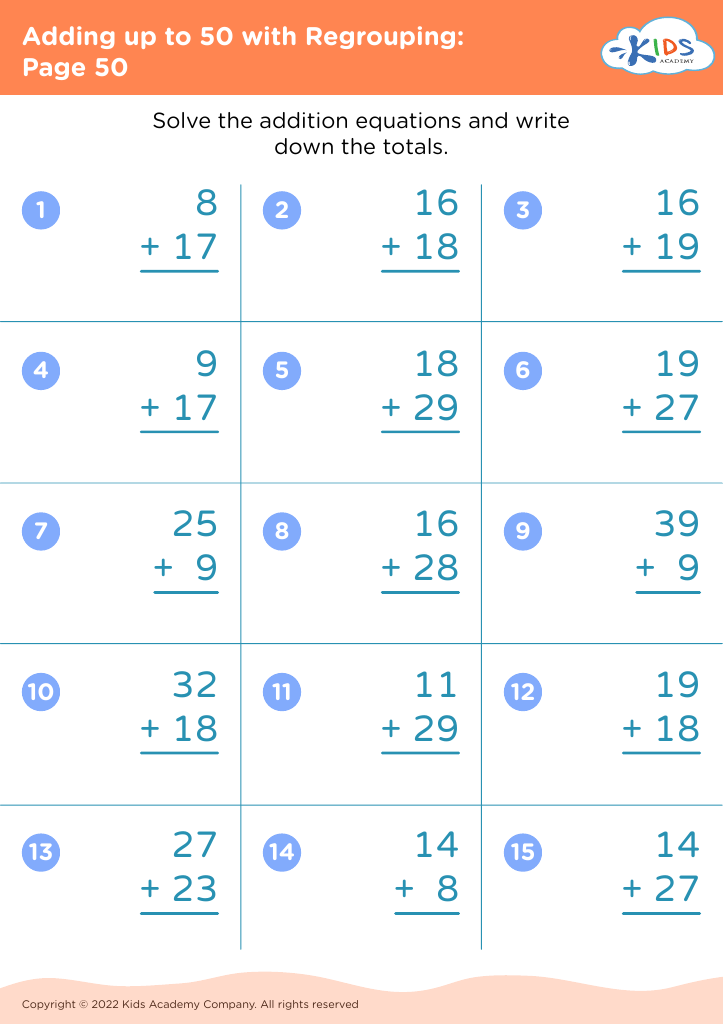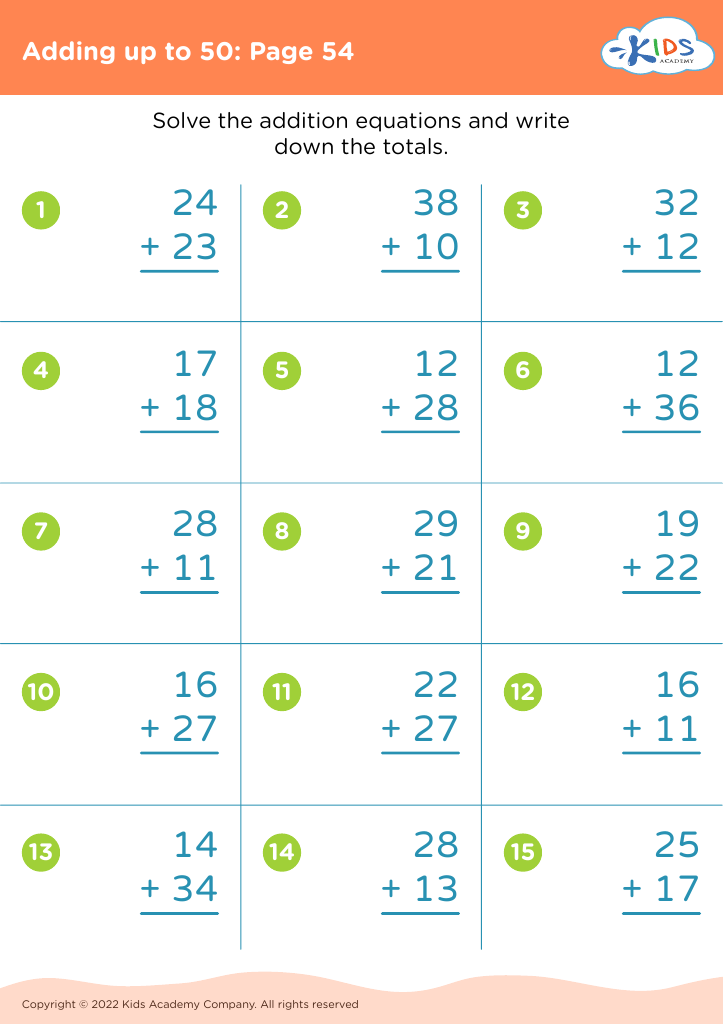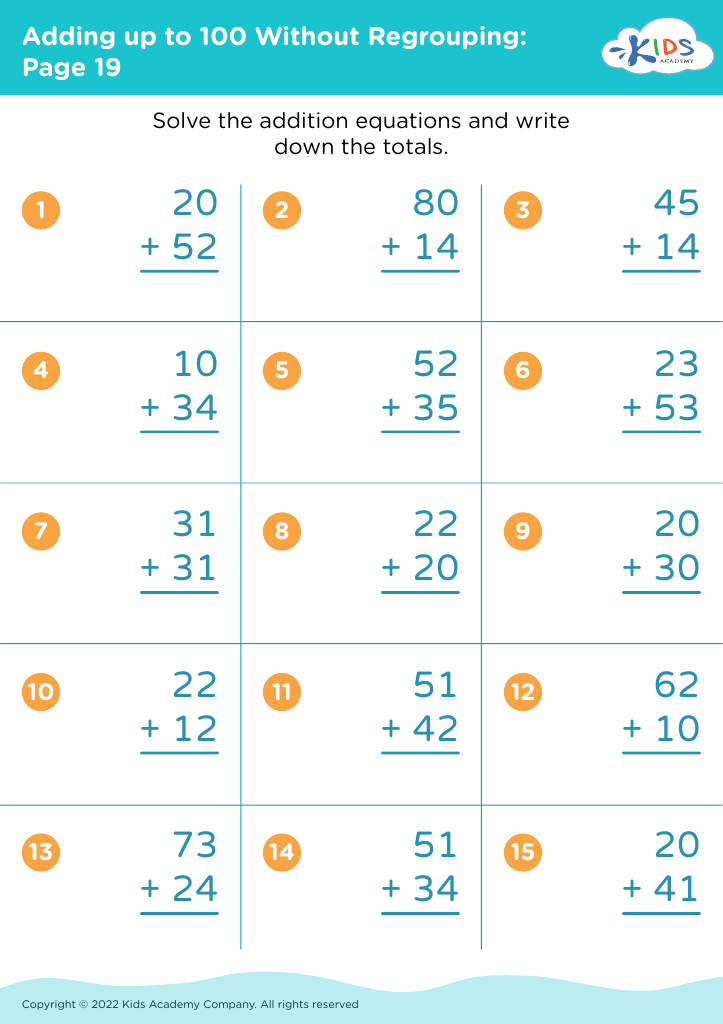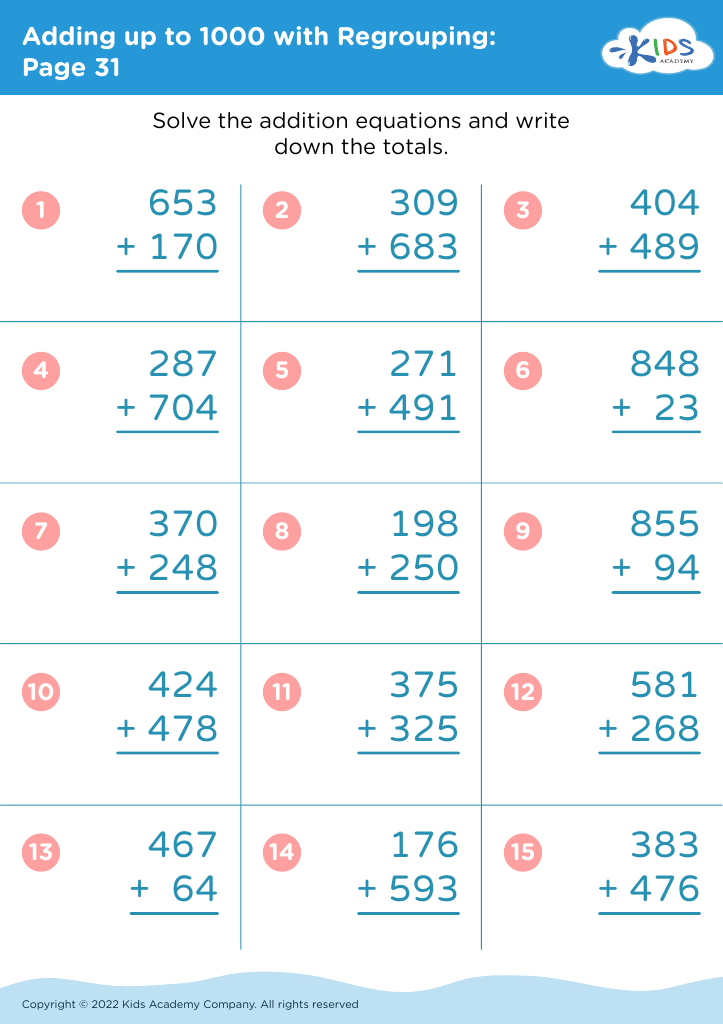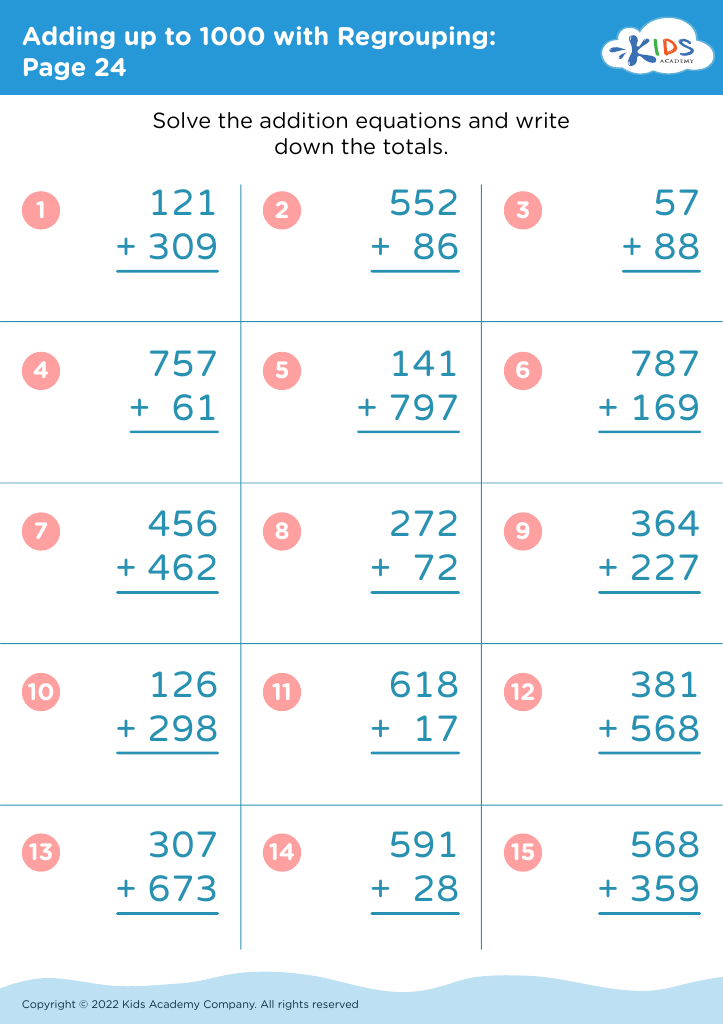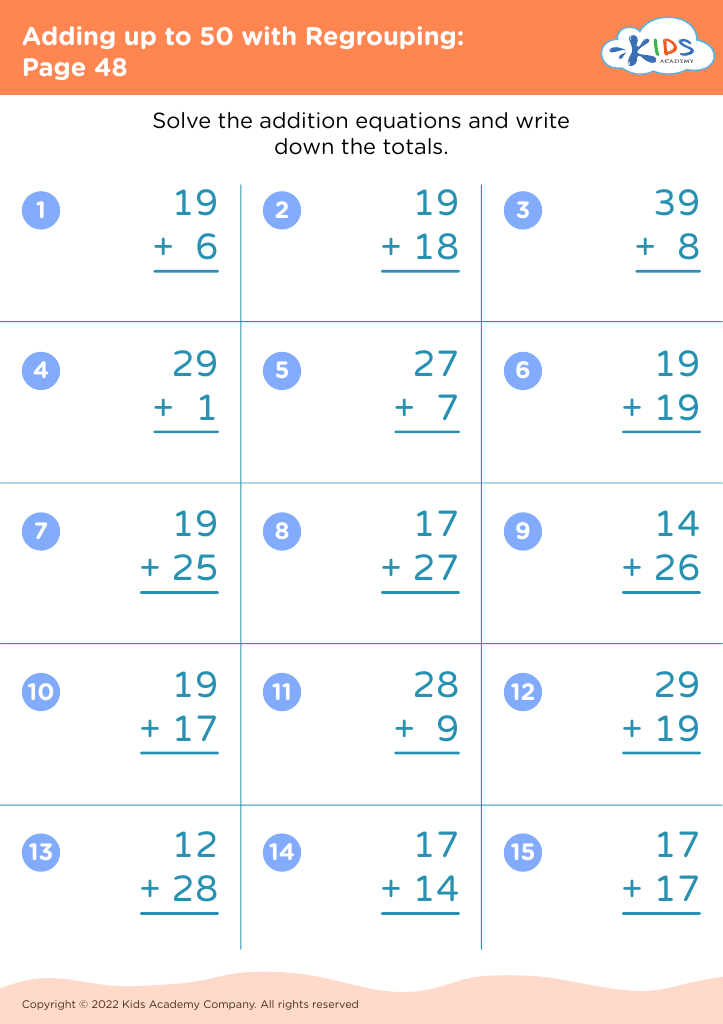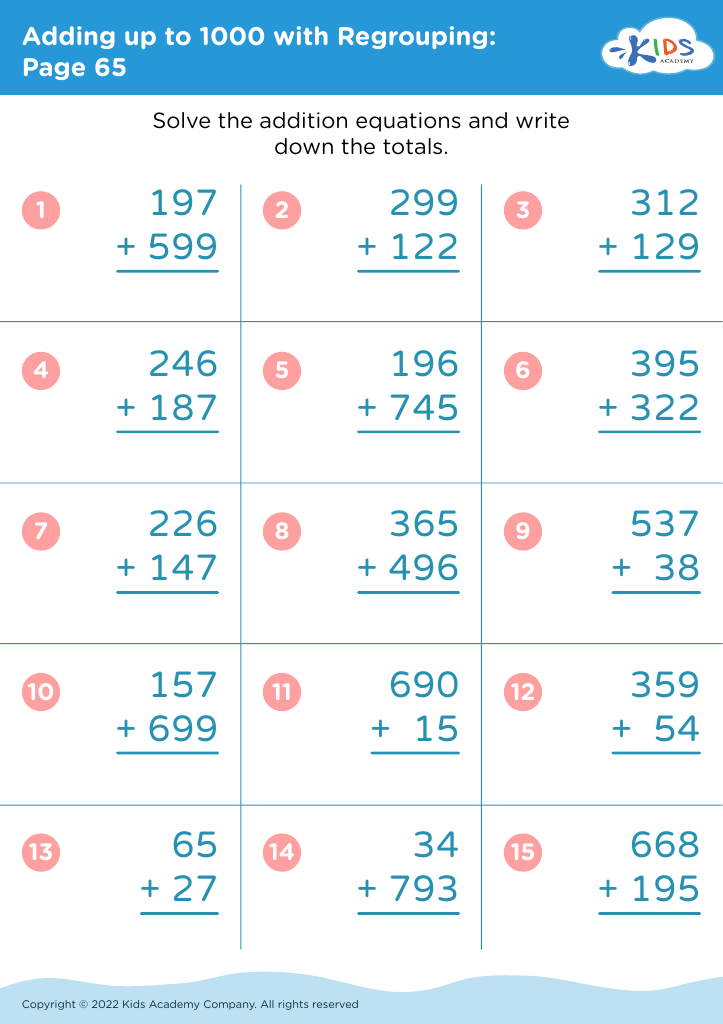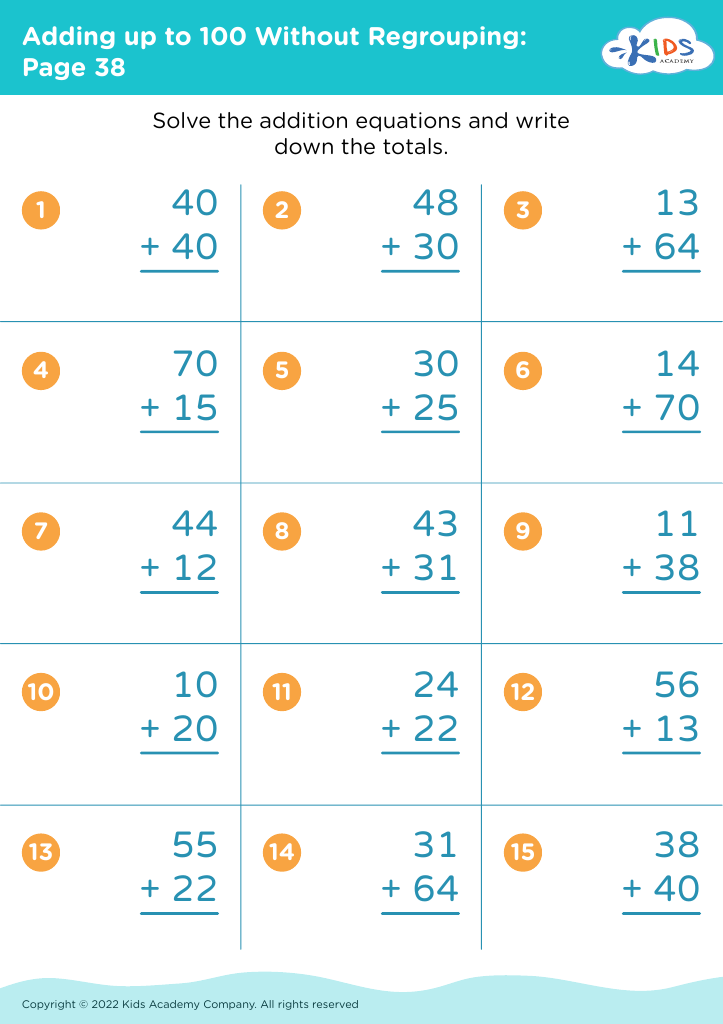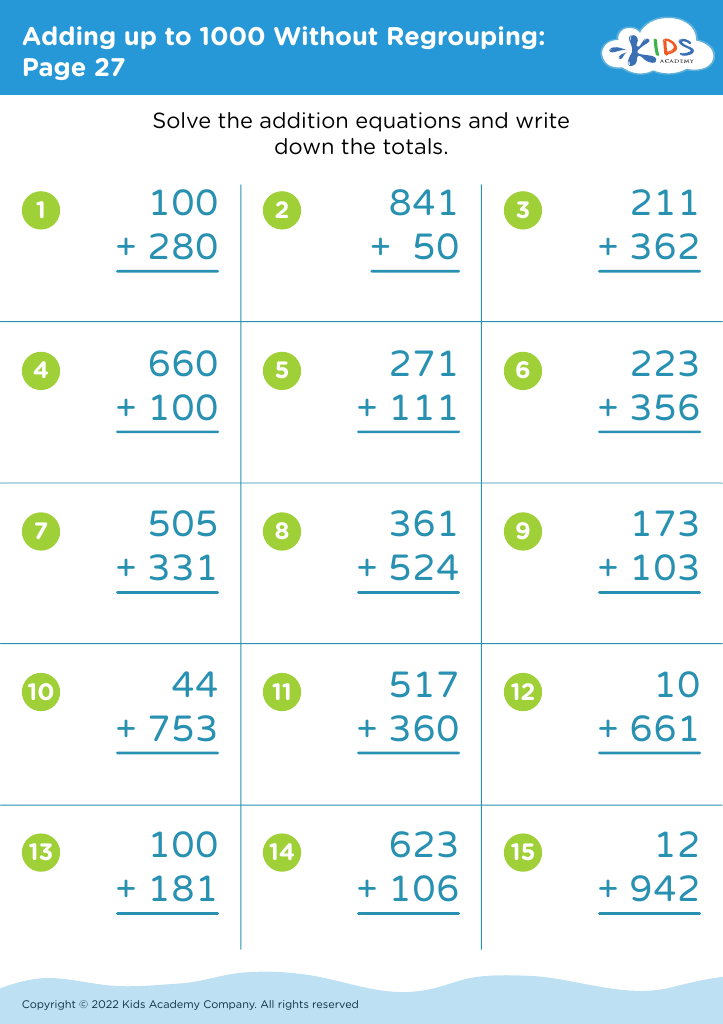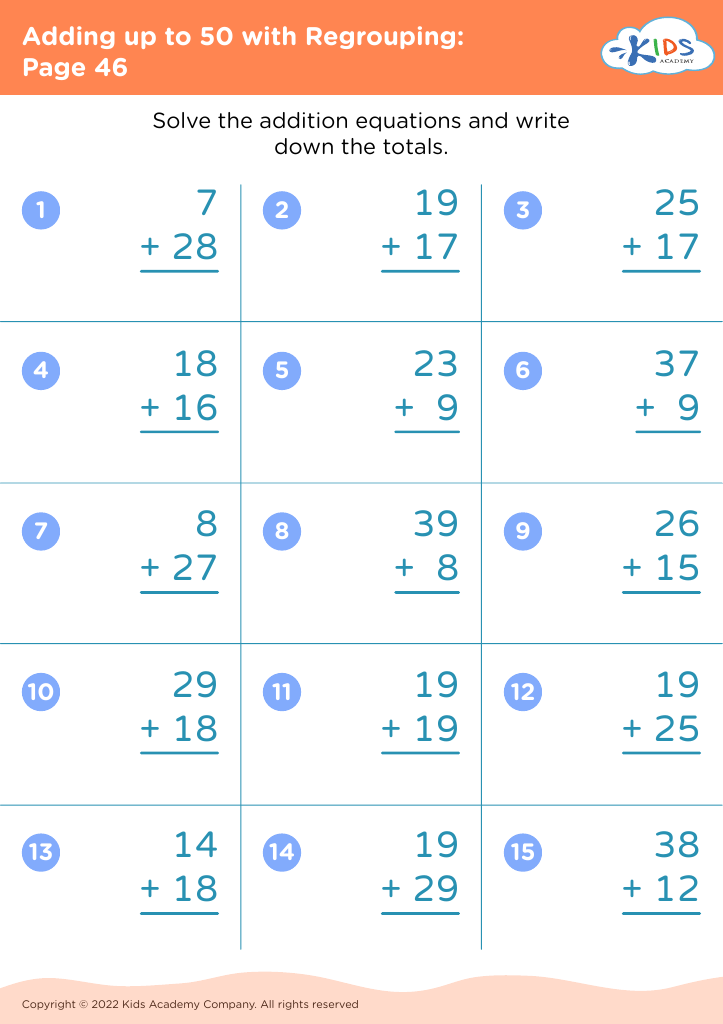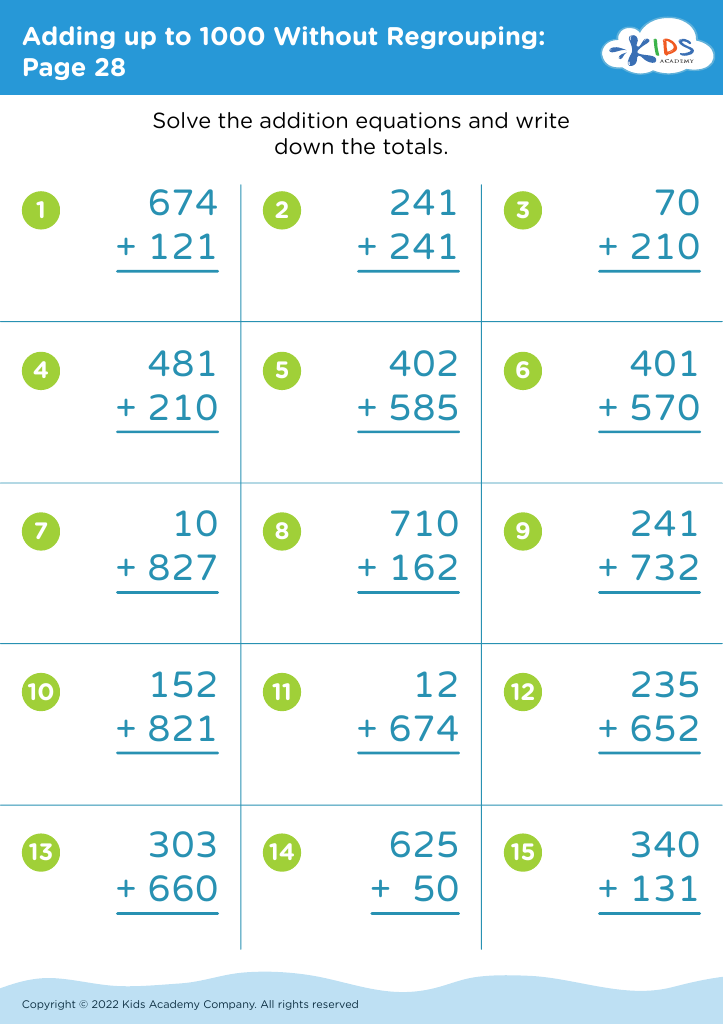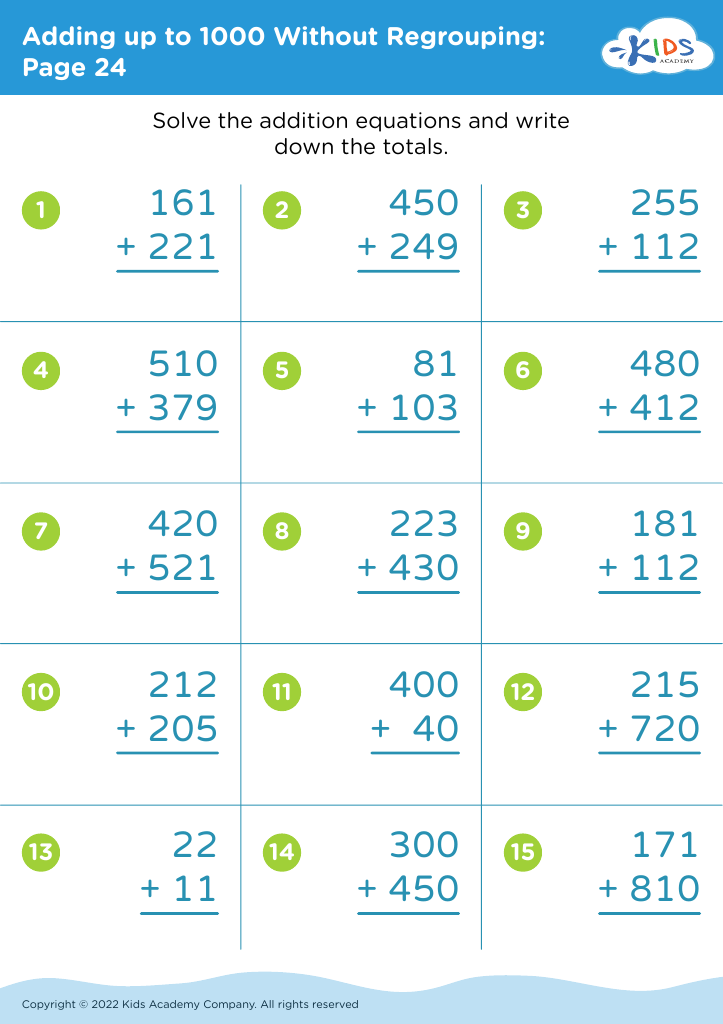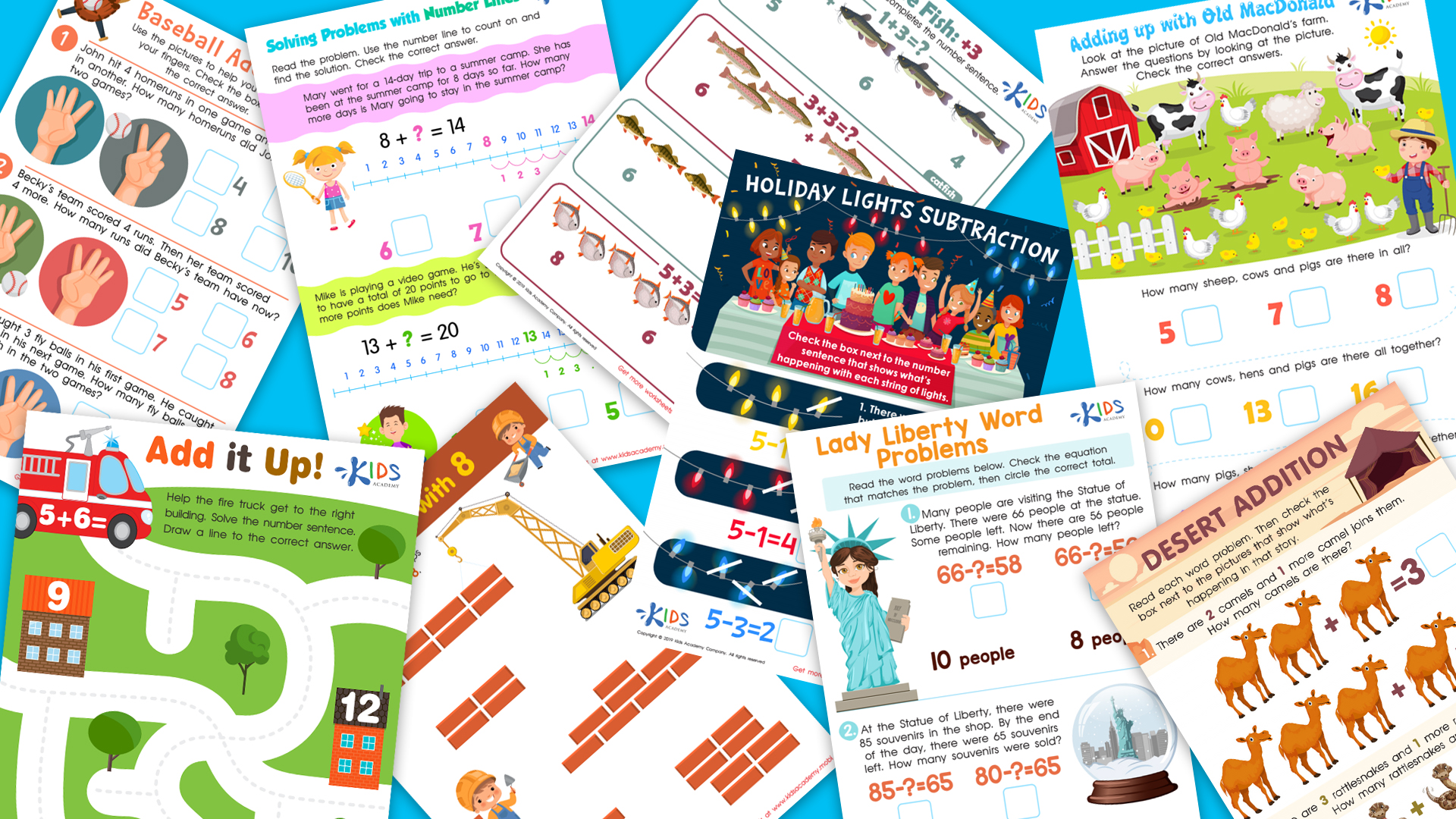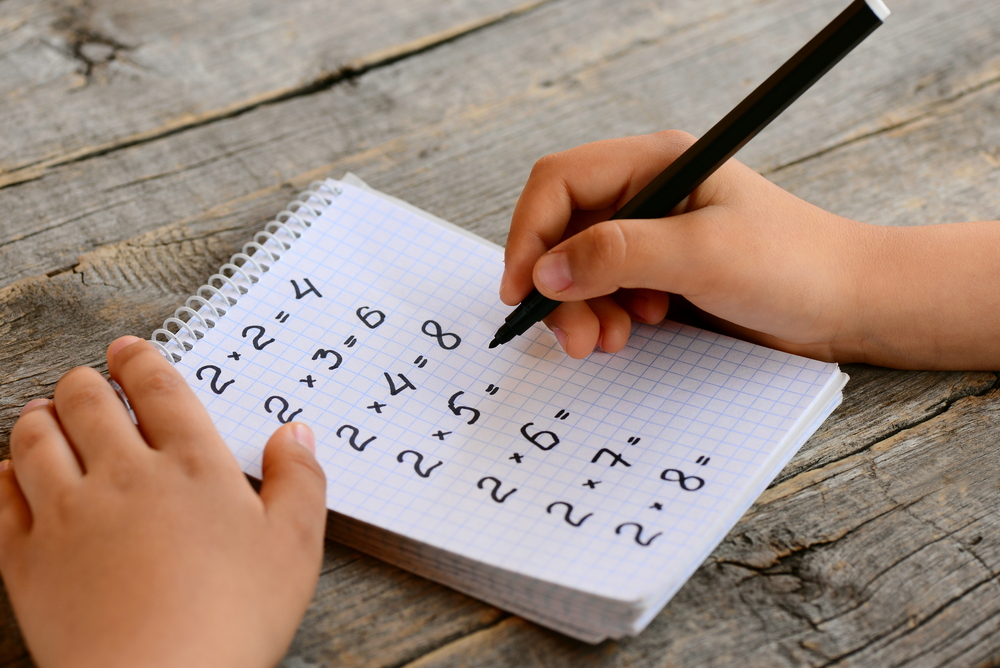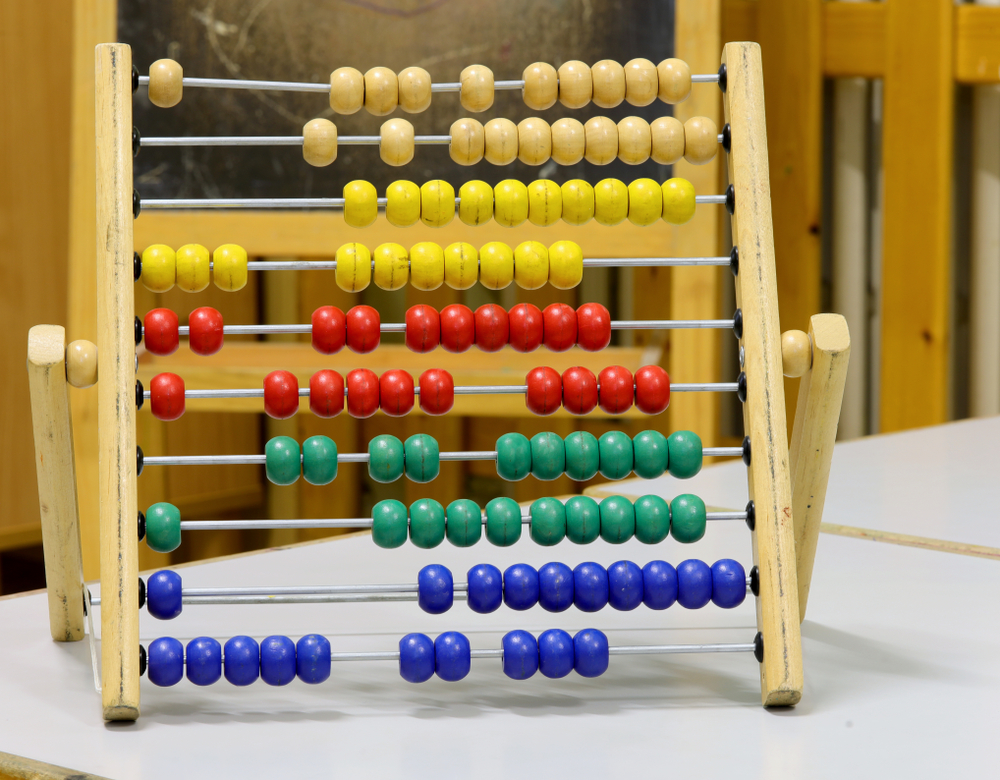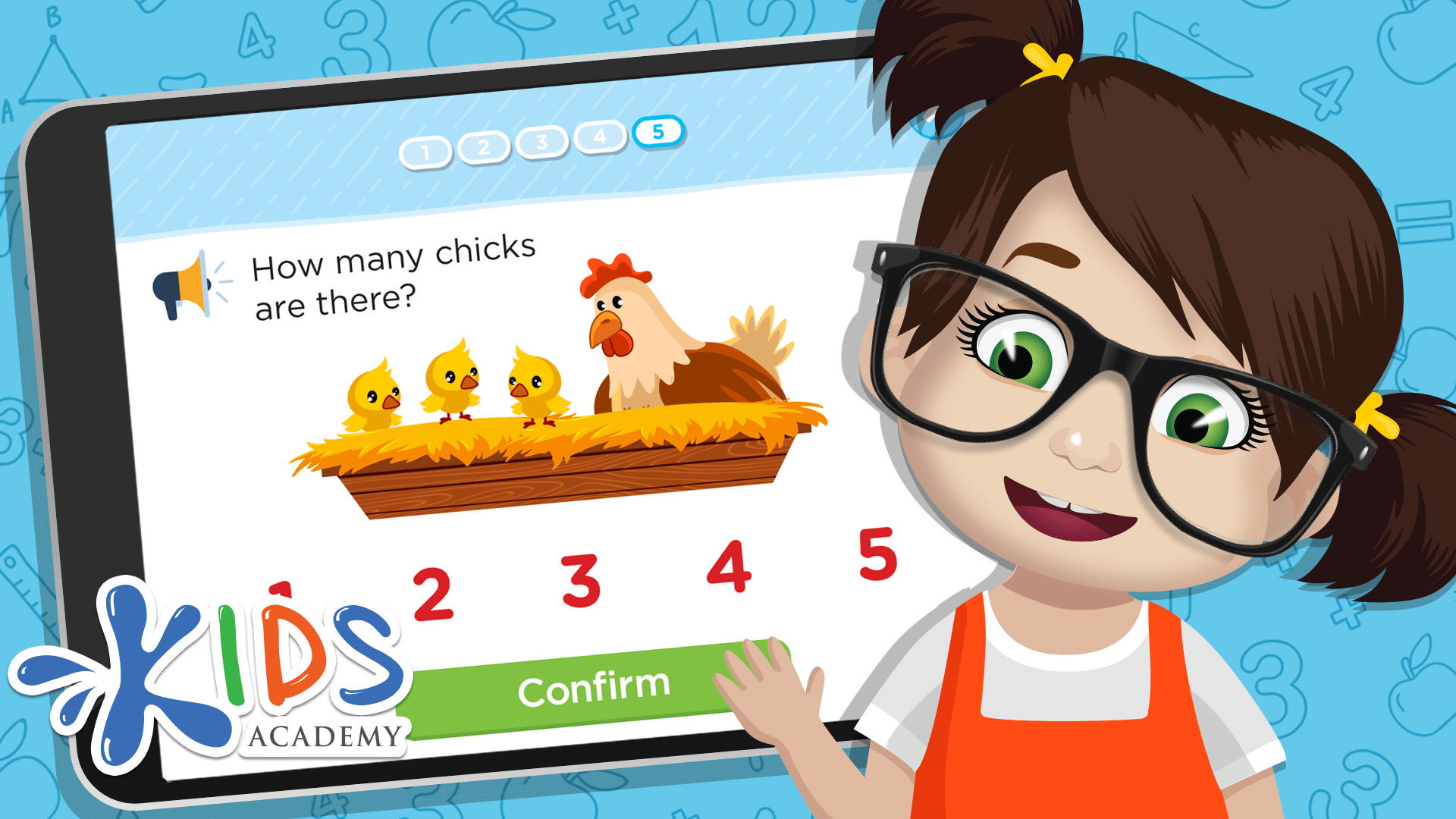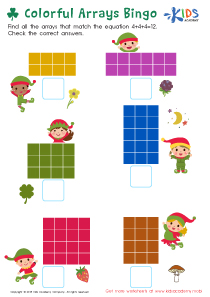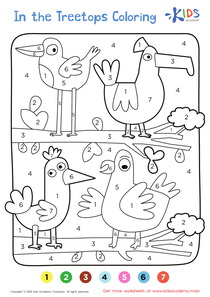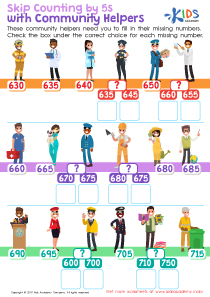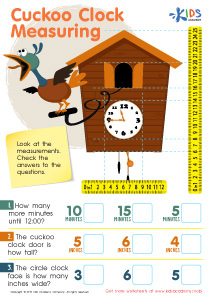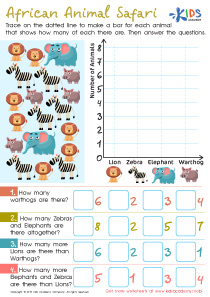Simplifying Fractions Grade 2 Addition & Subtraction Worksheets
18 filtered results
-
From - To
Discover our engaging "Simplifying Fractions Grade 2 Addition & Subtraction Worksheets,” designed to help young learners master the foundational concepts of fractions. These worksheets provide a fun and interactive way for second graders to simplify fractions through addition and subtraction exercises. With clear explanations and vibrant visuals, students will enhance their math skills and build confidence in handling fractions. Ideal for classroom activities or at-home practice, our resources cater to diverse learning styles and ensure a comprehensive understanding of fraction concepts. Join us in making math enjoyable and effective with our thoughtfully crafted worksheets that inspire curiosity and growth in budding mathematicians!
Parents and teachers should care about simplifying fractions in the context of Grade 2 addition and subtraction because it lays a foundation for mathematical understanding and critical thinking. Fraction concepts are key components of early math education, and simplifying fractions introduces students to essential principles of number relationships and operations.
When children learn to simplify fractions, they develop the ability to recognize equivalent values. This skill not only aids in performing efficient calculations but also enhances their understanding of ratios and proportions as they progress in their education. Simplification also reinforces the importance of finding common denominators, a vital step in fraction addition and subtraction.
Moreover, engaging with fractions fosters problem-solving abilities and promotes confidence in mathematical reasoning. This early focus on simplifying encourages students to explore and think logically about numbers.
Parents can support this learning by providing practical examples in everyday life, such as sharing food and measuring ingredients in cooking. Teachers can integrate visual aids and hands-on activities to make the learning process enjoyable and interactive. By emphasizing simplifying fractions, educators and parents ensure students grasp fundamental math skills that will benefit them throughout their academic journey and beyond.
